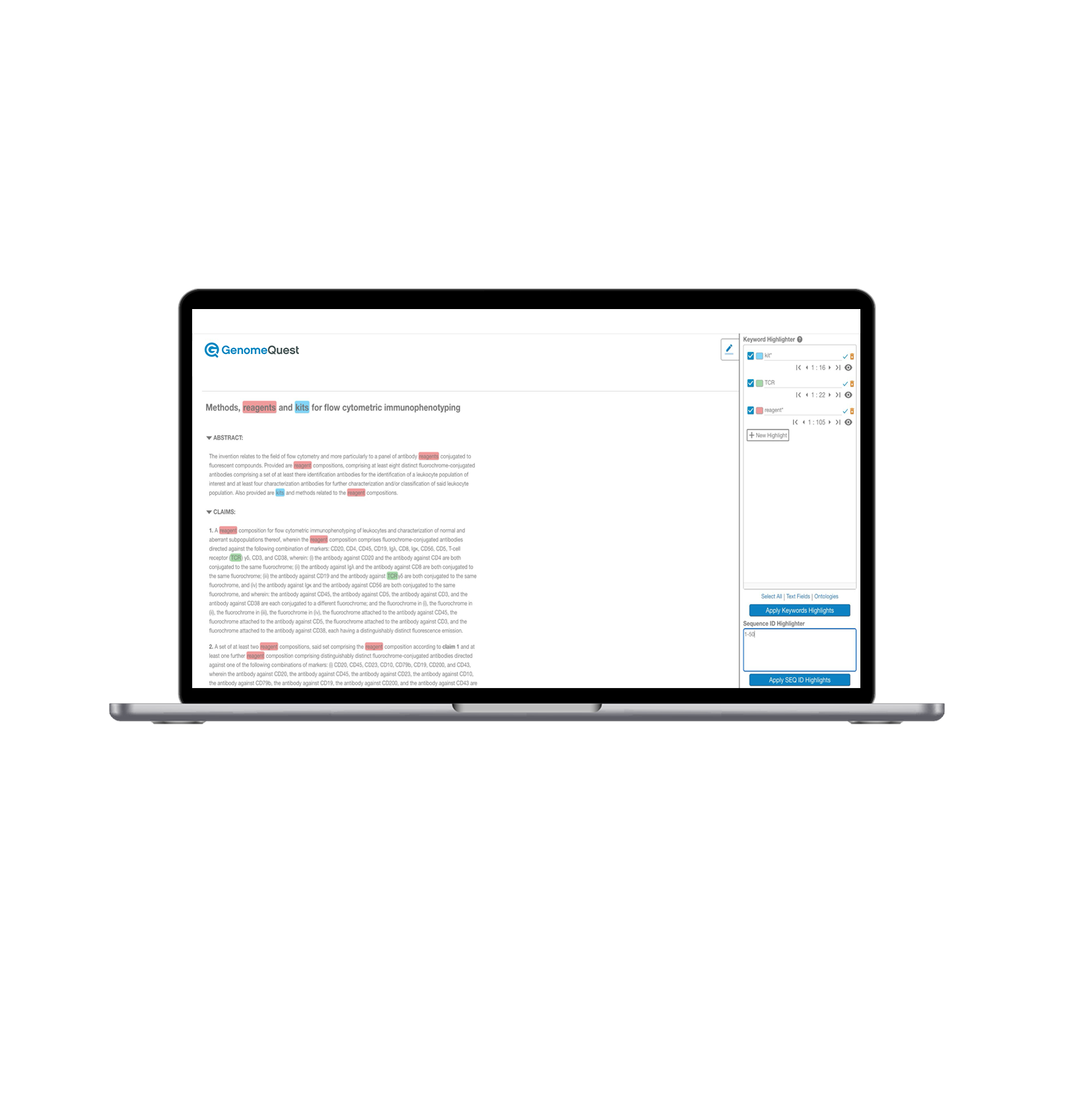Ready for Your IP Sequence Search Solution
Use our free request for proposal (RFP) template to identify the right IP sequence search solution for your business.

Use our free request for proposal (RFP) template to identify the right IP sequence search solution for your business.
